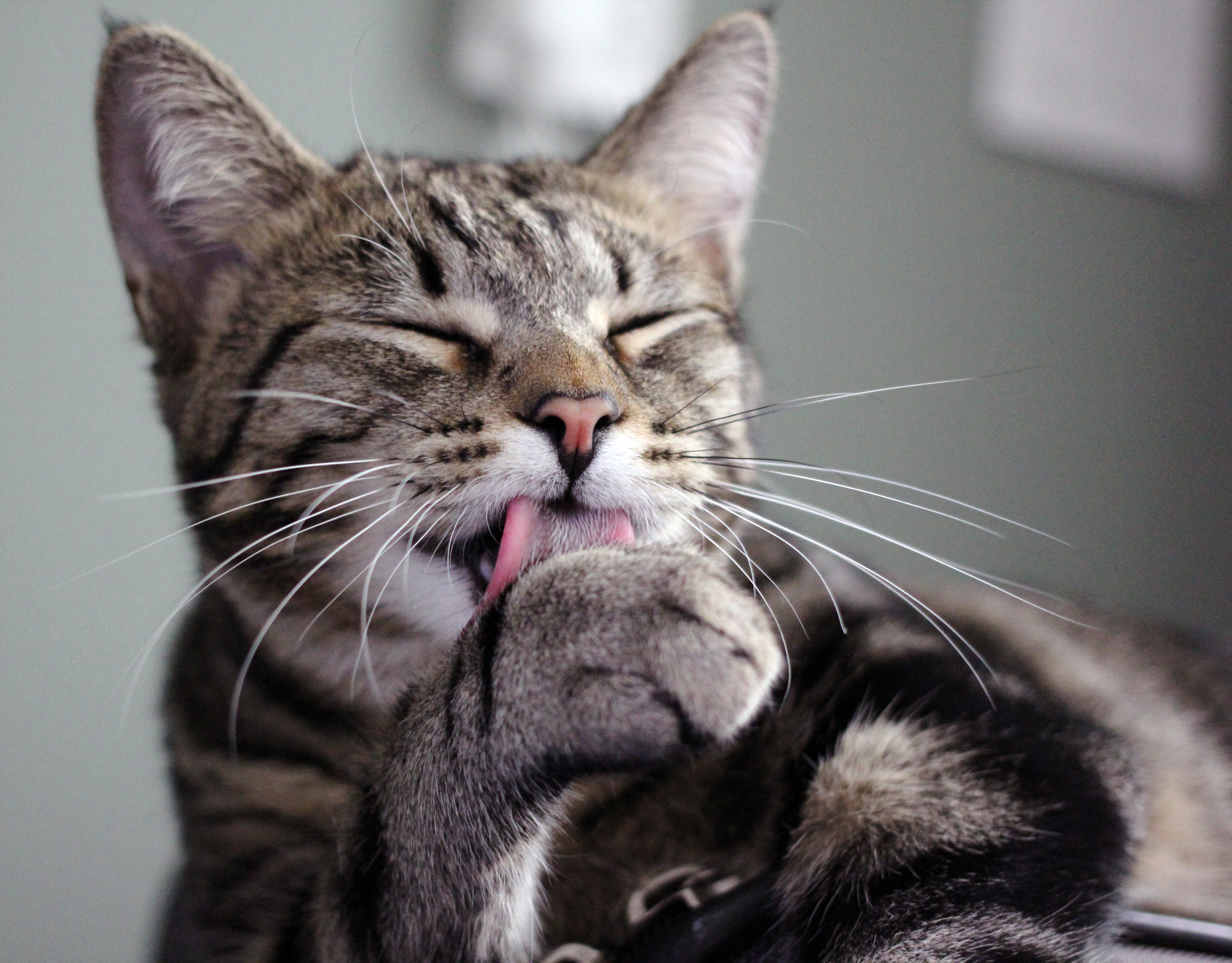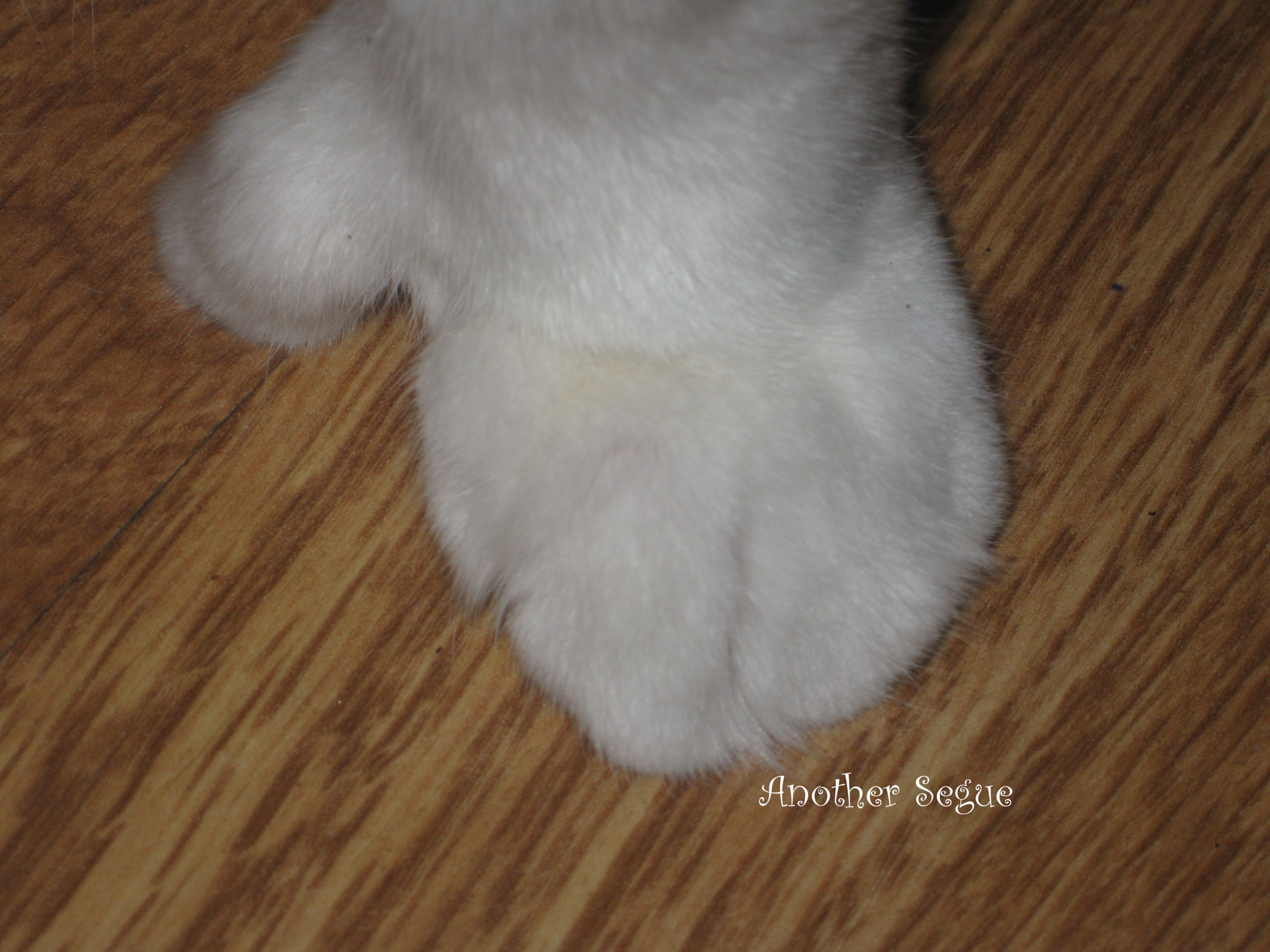

In Cold and Frost-prone Areas – can be frost tender. a soak around the roots once each week) in dry weather. In Dry Conditions – tolerates dry spells, though best if watered occasionally (eg. After transplanting and just before flowering, apply a light application of natural or slow release fertiliser – minimize or avoid phosphates. During hot weather, water early in the mornings around the base. Water in well, water regularly until established, then occasionally in dry weather.
#Cat paw full
Open garden, shrubbery, rockery, deep pots and tubs or window boxes with sandy, well-drained soil in full sun or some part-shade.Ĭultivation: Prefers sandy, well-drained soil in a sunny position or part shade – a lime soil with a sandy top soil may extend its life. Plant out to open garden, rockery or pots at about 7-8cm (3″) high. Transplant the seedlings to individual containers when large enough to handle without damage and keep them well watered. Protect the seedlings from snails and slugs. Remove the polythene once germination starts. In dry climates cover the pots with clear polythene to preserve moisture and warmth and place the pots in a warm, shaded position to germinate. Wet thoroughly and keep damp but not soggy. Add wildflower seed starter granules to the surface after sowing the seeds and water in to assist germination. Sow the seeds thinly on the surface and compress lightly so the seeds are in full contact with the soil. High humidity can be a problem – try to provide good sunlight and in humid or damp conditions provide good ventilation and cease watering.įill a pot or seed tray to within 2-3 cm (1″) of the top with damp sandy soil. Occurs naturally in Western Australia’s south-west but will grow in all mainland States of Australia and many other parts of the world given the right conditions. Moderately frost tolerant, but does need protection from severe cold. A lime soil with a sandy top soil may extend its life.

Prefers sandy, well-drained soil in a sunny position or part shade and can adapt to wetter soils. Sand, sandy loam, clay, laterite, limestone. Yellow, orange and red, from winter to summer, on straight stems up to 45cm (18″), resembling the grasping paws of a cat. Suits a wide range of growing situations, such as deep pots, window-boxes, rockery or open garden. A close inspection reveals the lovely detail of the flowers. Trim your cat’s nails regularly, and provide plenty of scratching surfaces.An attractive and interesting perennial plant with velvety flowers from Winter to Summer in shades of yellow, orange and red, from straight un-branched stems up to 45cm (18″), similar in shape to the Kangaroo Paw but with segments of the flower resembling the grasping paws of a cat among the smooth, blue-green, ribbon-like leaves. Image Credit: JumpstoryĮven though cats usually groom themselves thoroughly, you should periodically check your cat’s paws to make sure they’re clean. In multicolored cats, paw pads may range from pink to black. In solid color cats, paw pads are usually the same color as your cat’s fur. The same pigment that colors your cat’s coat also colors her skin. They are designed to help them regulate their body temperature, but they will also secrete sweat when the cat is stressed or anxious. Cats also have sweat glands in their paws. Cats use their paws to mark territory: when your cat scratches a surface such as a scratching post or tree, she deposits some of the scent from these glands, marking it as hers. Cat paws contain scent and sweat glandsĬat paws have glands between their toes that secrete a unique scent. Everything about the cat’s walk is designed to help her move silently. Unlike humans, who walk on the heels and balls of their feet, cats walk on the tip and balls of their toes. Claws are vital for a cat’s well-being, and are used for scratching an itch, hunting, self-defense, climbing, and for extra traction. The claws on the front paws are usually sharper than the ones on the rear.

This can help the cat in her evaluation of prey.Ĭats have retractable claws on their front and rear paws.
#Cat paw skin
The paws have skin pads that are tough enough to protect the cat’s feet when she walks on rough surfaces, yet sensitive enough to be able to discern hot, cold, and other signals.


 0 kommentar(er)
0 kommentar(er)
